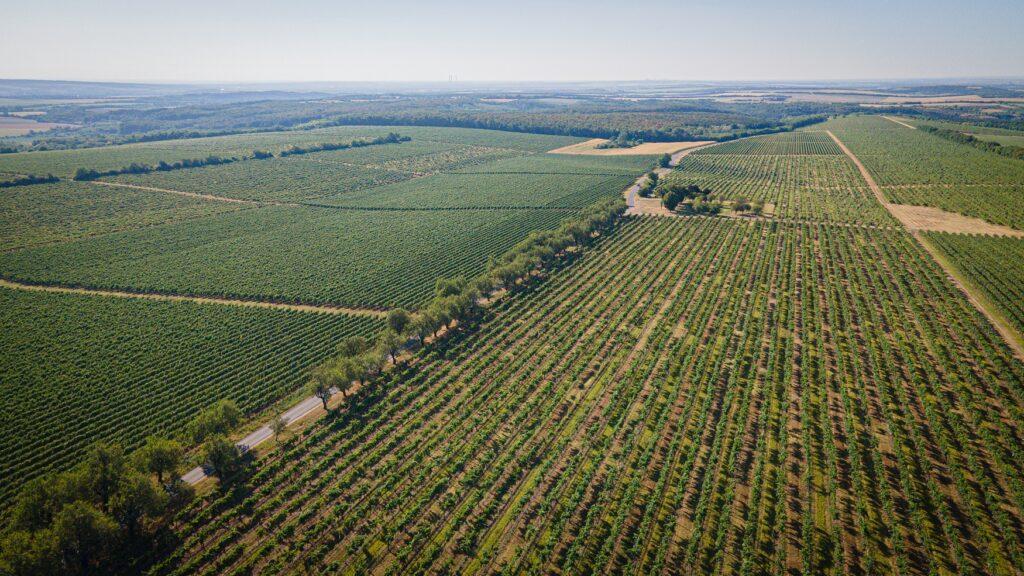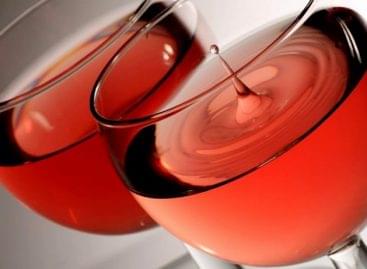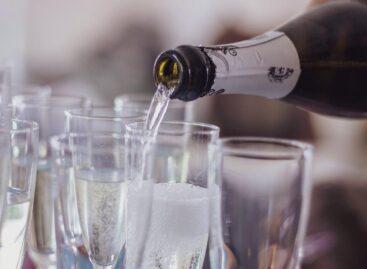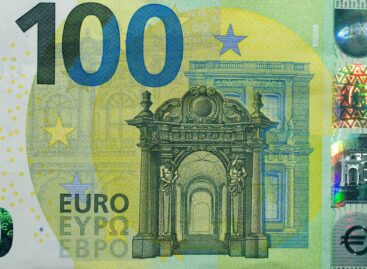Refreshing innovations at Törley
Half of its energy consumption comes from renewable sources, and the champagne winery plans to reduce its CO2 emissions by half by 2030 and to zero by 2040. Innovative developments in cultivation and production serve both efficiency and sustainability, as well as mutually beneficial cooperation with nature. Kornél Müller, the managing director of Törley, also spoke in the Voices of Industry podcast about what product developments they can use to appeal to younger consumers, and why their mission is to create premium quality alcohol-free alternatives.

The domestic market is still slow in terms of champagne consumption; last year, traffic fell by 10 percent, which suggests that Hungarians had less happy moments that they would gladly crown with a bottle of champagne. Törley is also experiencing polarization in the declining market, i.e. the turnover of higher-priced (HUF 6-8,000) and lower-priced champagnes is increasing, but the middle range is shrinking. It is interesting that the recently debuted HUF 1 million bottles were unexpectedly popular in the summer, while the majority of people chose the cheaper than usual product. However, according to the executive director of the Pezsgőpinceszet, these are short-term market reorganizations, which will soon change as the real wage increases.
Ice champagne: innovation for summer champagne
Although almost half of the bottles are still in the baskets in the last third of the year, market trends and consumption habits present new challenges to the champagne industry. Various champagne cocktails and champagne poured over ice appeared, which would have been unthinkable even 15 years ago. At the same time, the number of people who do not or only rarely consume alcohol is increasing.
Kornél Müller said that in response to challenges, Törley is constantly expanding its product portfolio, which may require completely new technologies and solutions. For example, in order to make Ice champagne, it was necessary to produce a product with a higher carbonated, fruitier, slightly higher sugar content, which, when the ice melts into it, provides the dry taste experience that we expect from a better type of champagne.
Related news
The kings of the New Year’s Eve list: hot dogs and champagne in abundance
🎧 Hallgasd a cikket: Lejátszás Szünet Folytatás Leállítás Nyelv: Auto…
Read more >Nébih: labeling errors found in dry rosé sparkling wines
🎧 Hallgasd a cikket: Lejátszás Szünet Folytatás Leállítás Nyelv: Auto…
Read more >Sparkling wine 2025
🎧 Hallgasd a cikket: Lejátszás Szünet Folytatás Leállítás Nyelv: Auto…
Read more >Related news
KSH: industrial production fell by 5.4 percent in November compared to the same period of the previous year and by 2.0 percent compared to the previous month
🎧 Hallgasd a cikket: Lejátszás Szünet Folytatás Leállítás Nyelv: Auto…
Read more >Kifli.hu expands its delivery area by forty settlements
🎧 Hallgasd a cikket: Lejátszás Szünet Folytatás Leállítás Nyelv: Auto…
Read more >






